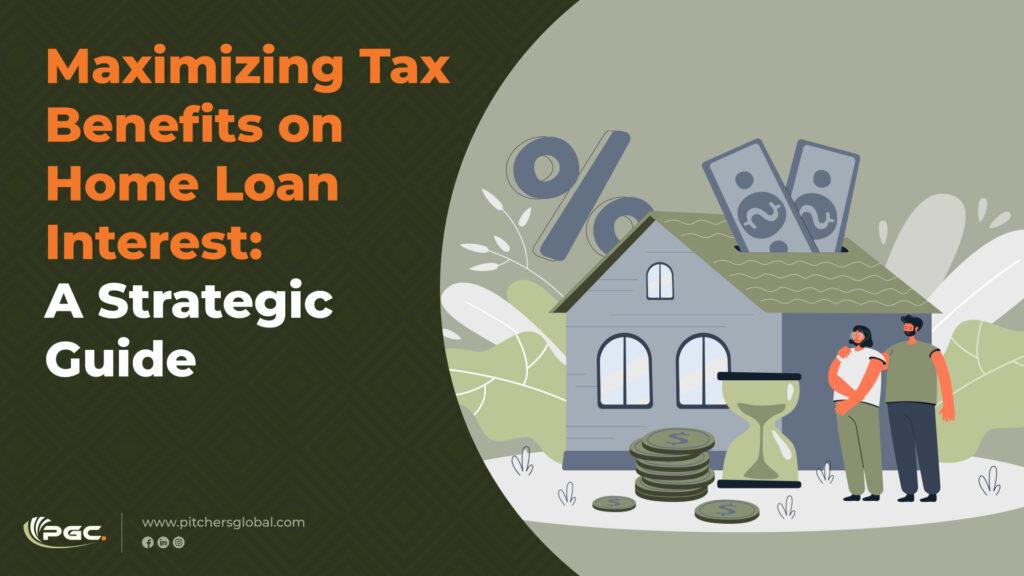Maximizing Tax Benefits on Home Loan
Maximizing Tax Benefits on Home Loan – Buying a home is a cherished goal for many, but managing the financial burden of home loan interest can be daunting. The good news is that, with smart tax planning, you can convert this expense into an opportunity to save significantly on taxes. Whether your property is self-occupied or rented out, understanding how to optimize tax benefits can have a lasting positive impact on your finances.

Tax Benefits for Self-Occupied Properties
For self-occupied properties, Section 24(b) of the Income Tax Act allows a deduction of up to ₹2 lakh per annum on the interest paid on a home loan. This deduction applies even if the loan is for a single residential property used as your primary residence. While this limit may seem restrictive compared to the total interest paid, there’s a way to further leverage it.
Unclaimed interest—any amount exceeding the ₹2 lakh annual limit—can be added to the property’s cost of acquisition (COA). When the property is sold, the enhanced COA reduces the capital gains, thereby lowering the applicable tax liability.
Example
If you pay ₹10 lakh annually in interest on a home loan for a property worth ₹2 crore, only ₹2 lakh is tax-deductible each year. The remaining ₹8 lakh can be added to the COA over a 10-year period. By doing so, the COA increases by ₹80 lakh, significantly reducing the taxable capital gains when the property is eventually sold.
Tax Benefits for Rented-Out Properties
If your property is rented out, the tax benefits are even more attractive. Section 24(b) allows you to claim a deduction for the entire amount of interest paid, with no upper limit. This can be offset against the rental income generated from the property.
Additionally, the standard deduction of 30% on the rental income further reduces the taxable amount. Any loss arising from interest deductions exceeding rental income can be carried forward for up to eight years, allowing you to offset future taxable income.
Example: Suppose you earn ₹5 lakh annually in rental income from a property and pay ₹10 lakh in home loan interest. After accounting for the standard deduction of ₹1.5 lakh, your net rental income is ₹3.5 lakh. Since the interest deduction is ₹10 lakh, this creates a loss of ₹6.5 lakh, of which ₹4.5 lakh can be carried forward to offset future taxable income for up to eight years.
The Long-Term Advantage
The ability to add unclaimed interest to the COA for self-occupied properties or carry forward losses for rented-out properties offers significant long-term tax advantages. For self-occupied properties, the increased COA directly reduces capital gains tax upon sale. For rented-out properties, carried-forward losses create a tax cushion, ensuring that future rental income remains partially or entirely tax-free.
Key Takeaway:
- For self-occupied properties: Unclaimed interest increases COA, reducing future capital gains tax.
- For rented-out properties: Losses carried forward offset future rental income, lowering taxable liability.
Maximizing Tax Benefits on Home Loan
Smart tax planning can turn the financial burden of home loan interest into a strategic asset. By leveraging tax deductions, adding unclaimed interest to COA, and carrying forward losses, you not only reduce immediate tax liabilities but also create long-term wealth.
Whether your property is self-occupied or rented out, understanding these benefits empowers you to make informed decisions that maximize your financial well-being.
Follow Pitchers Global for More!
